Disclosure: This article contains affiliate links. We may earn a commission from purchases at no extra cost to you, which helps our travel content.
The first time I locked eyes with a long-horned Ankole cow, its magnificent crescent horns stretching toward the sky like living sculptures, I knew Mbarara would challenge everything I thought I understood about sustainable living. These incredible animals have adapted to thrive in Uganda's harsh climate for centuries – using minimal resources while providing maximum benefit to their keepers. In many ways, they embody the ethos I discovered throughout my two-week immersion in traditional Ankole life: resourcefulness, resilience, and a profound connection to the land.
Finding My Way to Ankole Country
After three years documenting eco-tourism initiatives across Eastern Europe, I found myself craving something completely different for my winter getaway. Uganda's southwestern region called to me not just for its biodiversity, but for the opportunity to experience the Ankole people's traditional practices that have sustained communities for generations.
From Entebbe International Airport, I opted for the budget-friendly public bus to Mbarara rather than hiring a private driver. The 5-hour journey became an adventure in itself as I chatted with locals who offered tips on everything from which roadside stands sold the best rolex (Uganda's famous egg roll) to which community tourism initiatives genuinely supported local economies.
Pro-tip: Download the offline Uganda map before your journey. Cell service can be spotty between towns, and having reliable navigation saved me countless times, especially when exploring remote cultural sites outside Mbarara city limits.

💡 Pro Tips
- Take the public bus from Entebbe for an authentic experience and save around $50 compared to private transfers
- Learn basic Runyankole greetings before arriving - locals genuinely appreciate the effort
- Pack a reusable water bottle with built-in filter to reduce plastic waste while staying hydrated
Living With a Traditional Ankole Family
Rather than booking a standard hotel, I arranged a homestay through the Ankole Cultural Trust, a community-based organization that connects travelers with families while ensuring fair compensation and cultural preservation. For $15/night including meals, I stayed with the Mugisha family in their traditional homestead about 20 minutes outside Mbarara town.
My small room had a surprisingly comfortable bed covered with colorful local textiles, and while there was no air conditioning, the thick mud-brick walls kept the space naturally cool. Electricity was solar-powered – something that immediately sparked conversations about sustainable energy solutions between rural Uganda and similar projects I'd worked on back home.
Each morning began with milking the Ankole cows and collecting eggs from the free-range chickens that would become part of our breakfast. Mama Mugisha taught me to prepare traditional dishes like matooke (steamed green bananas) and groundnut sauce using ingredients entirely from their land or neighboring farms.
During my stay, I found my solar lantern invaluable. It provided extra light for evening journaling while respecting the family's limited electricity, and the Mugishas were so impressed that I left it with them when I departed.
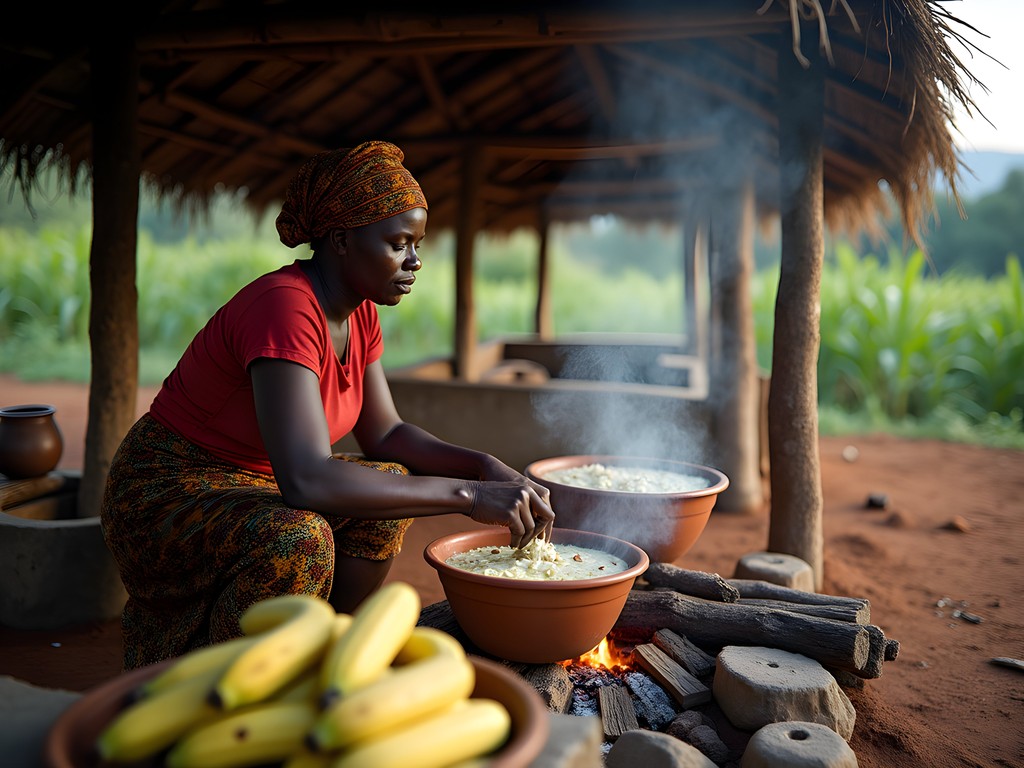
💡 Pro Tips
- Bring a small, thoughtful gift from your home country for your host family
- Request a homestay at least 3-4 weeks in advance as the best cultural immersion opportunities fill quickly
- Pack modest clothing that covers shoulders and knees out of respect for local customs
Daily Life and Cultural Practices
What struck me most about Ankole traditions was how seamlessly sustainability integrated into daily life – not as a trendy concept but as practical wisdom refined over centuries. The Mugishas' homestead operated on principles that environmental engineers would call a 'closed-loop system,' with virtually no waste produced.
I spent mornings helping tend to the family's banana plantation, learning how different varieties serve specific purposes – some for cooking, others for brewing traditional beer (a process I enthusiastically participated in). Afternoons often involved cultural activities like basket weaving using locally harvested materials or learning traditional songs that tell the history of the Ankole people.
One particularly memorable experience was joining a community land conservation meeting, where elders discussed maintaining biodiversity in shared grazing lands – conversations that mirrored discussions I've participated in at environmental conferences, yet here they were happening organically under a community tree.
For documenting these experiences, my waterproof notebook proved essential. Uganda's sudden afternoon showers would have destroyed regular paper, but this allowed me to take notes even during outdoor community gatherings regardless of weather.

💡 Pro Tips
- Wake early to participate in morning milking rituals – it's when some of the best cultural exchanges happen
- Learn about the complex relationship between traditional land management and modern conservation efforts
- Ask permission before photographing people or cultural ceremonies
Sustainable Tourism Beyond the Homestay
While my homestay formed the heart of my experience, I also explored broader cultural initiatives throughout the region. The Ankole Cultural Center in Mbarara town offers workshops on traditional crafts and performances by local dance troupes – with proceeds supporting community education programs.
I spent a fascinating day at the Ankole Longhorn Conservation Project, where I learned about efforts to preserve this iconic cattle breed that faces pressure from commercial farming interests favoring higher-milk-yielding European breeds. The project demonstrates how cultural preservation and environmental conservation are inseparable in this context.
For longer excursions into the countryside, I rented a bicycle from Mbarara Eco-Tours ($5/day) – an excellent way to explore surrounding villages while minimizing my carbon footprint. The terrain can be challenging in places, so I was glad I'd packed my quick-dry hiking pants which provided comfort during long rides and dried quickly after afternoon showers.
One unexpected highlight was visiting a rural primary school where students demonstrated how they're incorporating traditional ecological knowledge into modern sustainable farming practices. Their school garden used companion planting techniques passed down for generations, now being documented and taught alongside conventional agricultural education.

💡 Pro Tips
- Allocate at least one day to visit the Ankole Longhorn Conservation Project to understand the breed's cultural and ecological importance
- Hire local guides through community tourism initiatives rather than large tour companies
- Consider bringing educational supplies as donations for rural schools (check with organizations first for current needs)
Budget Breakdown & Practical Considerations
Traveling sustainably in Mbarara doesn't have to break the bank. My two-week immersion cost approximately $600 total, including:
- Accommodation: $210 (14 nights homestay @ $15/night including meals)
- Transportation: $80 (including airport bus, local transportation, and bicycle rental)
- Cultural activities & workshops: $150
- Additional meals & snacks: $100
- Souvenirs & community contributions: $60
Connectivity can be challenging in rural areas. I recommend purchasing a local SIM card (MTN or Airtel) at the airport for about $5, then loading it with data. For longer excursions, my portable power bank was essential for keeping devices charged during day-long adventures away from electricity.
Water safety is important – I used my water purification bottle throughout the trip, which eliminated the need for plastic water bottles while ensuring I had safe drinking water even in remote areas.
Perhaps the most valuable investment was spending time learning basic Runyankole phrases before and during my visit. Language apps aren't particularly helpful for this regional language, but my hosts were delighted to teach me, and these linguistic efforts opened doors to deeper cultural connections that money simply can't buy.
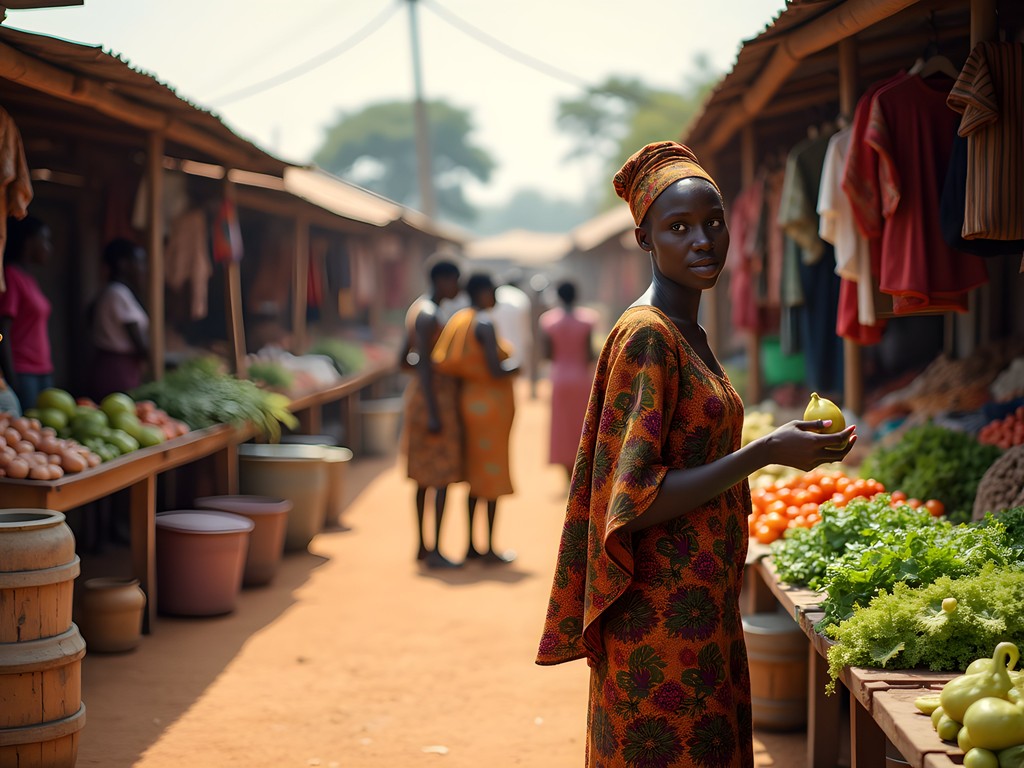
💡 Pro Tips
- Budget an extra $50-100 for supporting community initiatives you'll discover during your stay
- Bring US dollars in small denominations ($1, $5, $10) for areas where card payment isn't available
- Pack a basic first-aid kit as pharmacies can be limited outside Mbarara town
Final Thoughts
As my bus pulled away from Mbarara on that final morning, watching the distinctive silhouettes of Ankole cattle fade into the distance, I found myself reflecting on how this journey had transformed my understanding of sustainability. The Ankole people don't separate cultural traditions from environmental practices – they're one integrated system refined over generations. Their approaches to resource management, community cooperation, and adaptation to environmental challenges offer profound lessons that I'll carry into my environmental work back home.
Immersing yourself in traditional Ankole life isn't just about experiencing something exotic or different – it's about recognizing that some of our most innovative solutions for sustainable living might actually be found in traditional practices that have sustained communities for centuries. If you're willing to step outside tourist bubbles and engage authentically, Mbarara offers a masterclass in cultural preservation and environmental stewardship that will challenge and inspire you. The connections you'll make and insights you'll gain are worth every bump in the road getting there.
✨ Key Takeaways
- Traditional Ankole practices demonstrate sophisticated sustainable living systems that predate modern environmental movements
- Community-based tourism creates meaningful cultural exchange while providing economic benefits directly to local families
- The intersection of cultural preservation and environmental conservation is particularly visible in efforts to maintain traditional cattle breeding practices
📋 Practical Information
Best Time to Visit
June-August or December-February (dry seasons)
Budget Estimate
$600-800 for two weeks (excluding international flights)
Recommended Duration
Minimum 7 days, ideally 10-14 days
Difficulty Level
Moderate

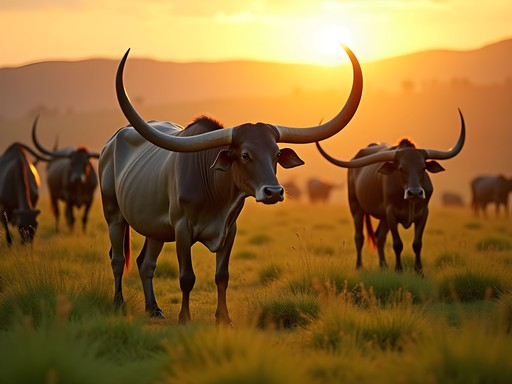
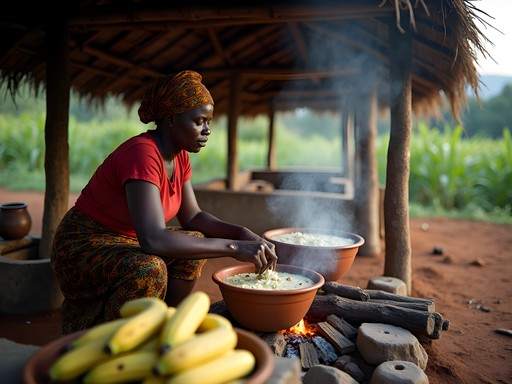
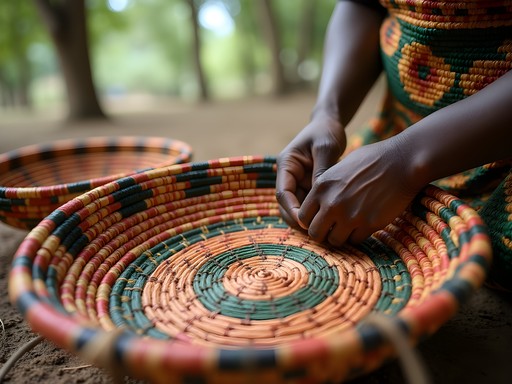




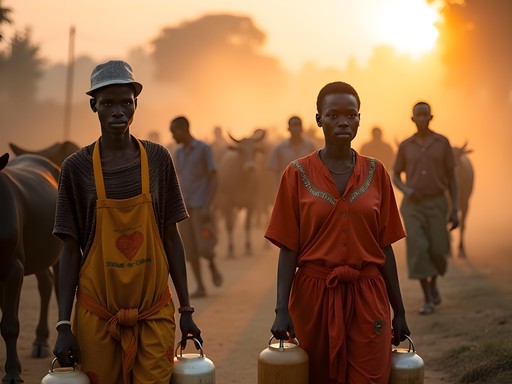

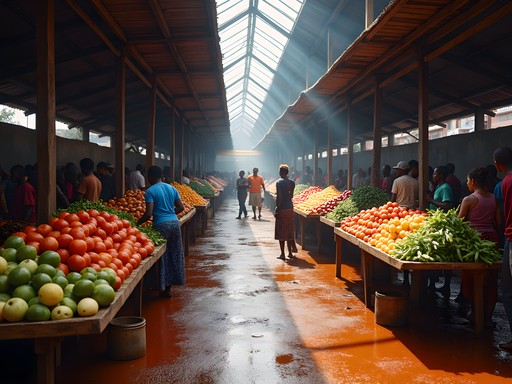





Comments
bluestar
Love this! Real travel, not tourist stuff.
adventurediver
Just got back from Uganda myself last month! Though I didn't make it to Mbarara, I was in Kampala and Jinja. The warmth of Ugandan people is incredible. Your post makes me wish I'd extended my trip to experience the Ankole culture. Did you get to try the traditional fermented milk? Our guide mentioned it but we never had the chance to taste it.
Skyler Henderson
Yes! The amakamo (fermented milk) was a daily part of meals. Definitely an acquired taste but I grew to enjoy it. Next time you're there, it's worth extending to Mbarara - completely different experience from Kampala and Jinja!
adventureadventurer
How was the journey from Kampala to Mbarara? I'm planning to visit Uganda next month and wondering if I should rent a car or take public transportation like you did.
Skyler Henderson
The bus ride was about 4 hours and actually pretty comfortable! I took Link Bus which was clean and reliable. Roads are decent but can be bumpy in parts. If you're comfortable with driving in new environments, a rental gives you more flexibility to explore the countryside, but the bus system works well if you're sticking to main towns.
adventureadventurer
Thanks for the quick response! I think I'll go with the bus then - sounds like a good way to see the landscape and meet locals too.
waveway
I did the public transportation throughout Uganda last year and it was great. Just bring snacks and download offline maps!
explorebuddy
Those horns are insane! Never seen anything like that before!
AdventureAwaits
Adding this to my bucket list right now!
coffeephotographer
Planning a trip to Uganda and this homestay experience sounds perfect. Did you need any special vaccinations or preparations before staying with the family? And how was the language barrier?
Skyler Henderson
Standard vaccinations for Uganda are recommended (yellow fever is required). The language barrier wasn't too bad - many people speak some English, especially the younger generation. I learned basic Runyankole greetings which the families really appreciated. Bring a good phrase book!
Douglas Bradley
I'd add that learning cattle-related vocabulary specifically was super helpful. The families light up when you show interest in their herding traditions. And don't worry about perfect communication - shared meals and helping with daily tasks bridges most gaps!
summerone
These photos are absolutely breathtaking! The way you captured the connection between the people and their cattle is so powerful. I've been to Uganda twice but never made it to this region. Adding it to my list for next time! How many days would you recommend for a similar experience?
Skyler Henderson
Thank you! I'd recommend at least 3-4 days for the homestay portion. It takes a day or so to settle in, and you'll want time to participate in daily activities without rushing. Add a couple days to explore the wider Mbarara region too!
summerone
Perfect, thanks for the advice! Can't wait to experience it myself.
mountainnomad
This looks amazing! How physically demanding was the daily routine with the Ankole family? I'm not super fit but really want to try something like this.
Skyler Henderson
It wasn't too demanding! Early mornings for sure, and helping with cattle can be physical, but they're very understanding with visitors. They'll adjust activities based on your comfort level. The walking and hiking was moderate at most.
Casey Andersson
What an incredible cultural immersion, Skyler! Your experience reminds me of my time in rural Tanzania, though I never got to stay with a family for that long. The connection you made with the Ankole community seems so genuine. I'm heading to Uganda next year but was planning the typical gorilla trekking route - now I'm seriously considering adding Mbarara to my itinerary. Did you find the language barrier challenging? I'm wondering if I should brush up on some basic phrases before going. Also, that sunset shot with the cattle silhouettes against the orange sky is absolutely frame-worthy! I always travel with my travel journal to sketch moments like these when photos just don't capture the full feeling.
Skyler Henderson
Thanks Casey! The language barrier was there but not as challenging as I expected. Many people speak some English, especially the younger generation. Learning basic Runyankole greetings went a long way though - people really appreciated the effort! And definitely add Mbarara if you can - happy to share more specific recommendations if you decide to go!
Hunter Thompson
Mate, this is exactly why I love your blog! While everyone's posting about the same Instagram spots, you're out here showing us real cultural experiences. My grandmother actually grew up in Uganda during the colonial era and used to tell me stories about the Ankole cattle. Reading this brought back all those memories! One question though - how did you navigate the language barrier during your homestay? Did your host family speak English or did you use a translator? Planning my own trip there and wondering how to prepare.
Skyler Henderson
That's amazing about your grandmother, Hunter! What a connection. The family I stayed with had varying levels of English - the younger members were quite fluent while the elders spoke very little. Learning a few basic Runyankole phrases went a long way in showing respect. The genuine smiles when I attempted their language were priceless!
Venture X
Premium card with 2X miles, $300 travel credit, Priority Pass